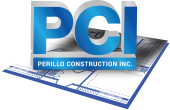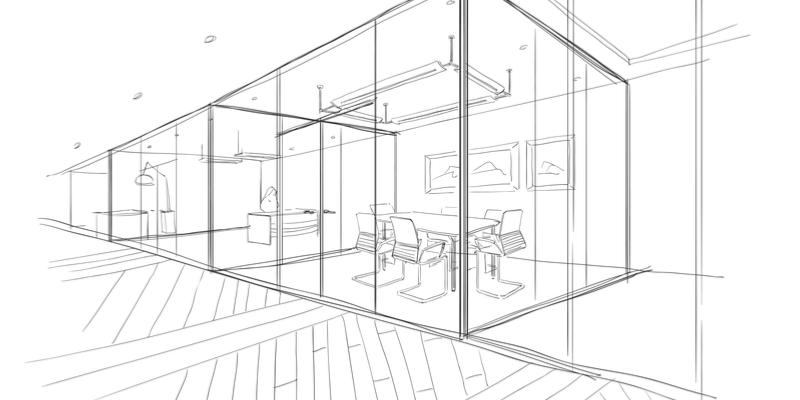When planning your new office space, layout is an important factor which is sometimes glossed over. Your office layout determines more than how aesthetically pleasing the space is but also how well your employees perform. The optimal office design is functional and welcoming while providing a comfortable work space for your team.
The Must Haves
The most effective layouts deliver efficient work space for your staff. Team members need the room for tools and files, etc. to accomplish their assigned tasks. This means large work surfaces, sufficient lighting, comfortable seating, and the needed proximity to frequently used office equipment. In addition, developing an office layout that groups people with related functions together not only provides a convenient layout but encourages collaboration and consultation. This configuration also allows tasks, documents, and more to be handled and prepared in an effective and timely way. As you plan your new office layout, considering your employees and the task they are regularly assigned with help you develop a more efficient and productive layout.
Communal spaces are also important for your office, allowing staff members the opportunity to meet, consult, and collaborate with ease. Depending on the size of your staff, this might simply mean an open floor plan for your space, or it could mean conference rooms or other easily accessible group spaces. You’ll also want less formal communal areas that allow employees to take breaks, relax, and recharge during the day.
Efficient Design Ideas
As you consider your new office layout, one of the first concerns is whether to have a more open plan or more private spaces. This decision if often dependent on the type of work your company performs. An open plan allows for interaction and collaboration between team members, but if your staff members require privacy and concentration in dealing with customers, a more traditional plan with private offices may be most effective. Here are some options to help you decide what is best for your employees and your business.
As discussed, the open office layout plan is just that, everyone works side by side, collaborating and encouraging one another as needed. An open office layout should also offer quiet private spaces for independent tasks. With an open plan, team members share desks, tables, or work spaces, often facing one another while they work, a great solution for IT-based businesses.
In opposition to the open plan is the traditional private office layout. In this setting, work spaces are private with team members focusing on their own tasks rather than collaborating. This space often features cubicles and private offices for senior staff members. A private office layout is often used in settings where client privacy is paramount, such as law offices and insurance offices.
Another popular office layout is the cluster layout which features a central open space which is surrounded by individual work spaces. This layout is preferred for those companies whose employees work independently but also need to collaborate on a regular basis. The cluster layout often includes modular accents to create the individual workstations which can be moved and adjusted as needed. A modification of the cluster layout is the landscape layout which utilizes the same elements but adds décor accoutrements like live plants, ambient lighting, relaxed seating, and other accents to increase employee morale, and welcome clients.
Your Optimal Office Layout
As you make the decisions on which approach is best for your business, consider the need for communal and private spaces, as well as information flow, collaboration, and consultation. Once you have your preliminary ideas in hand, call on the team at Perillo Construction to help you create the ideal office layout to help your business grow and succeed.

